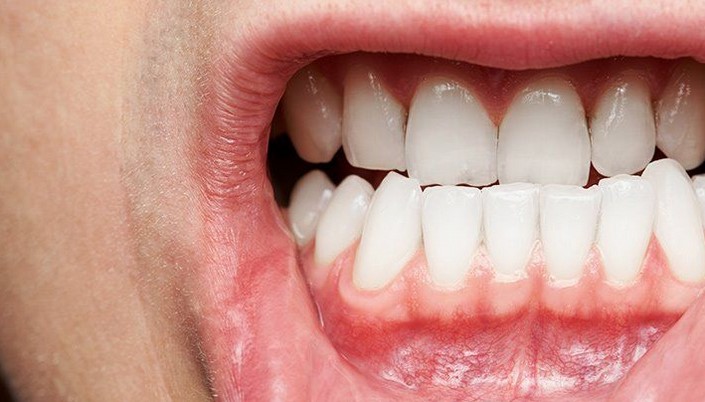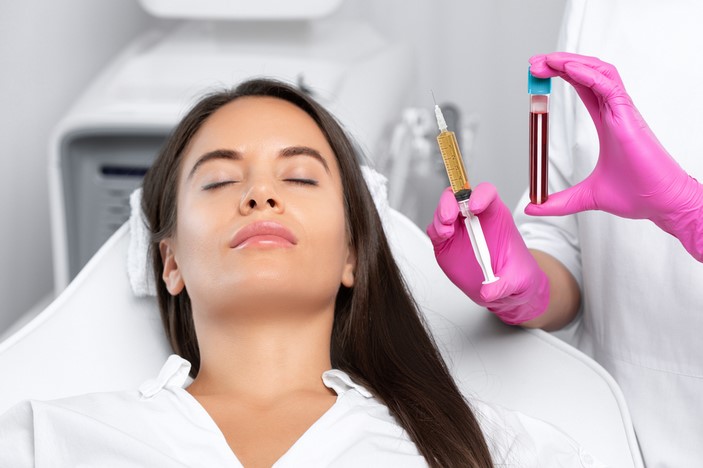
Microneedling with PRP (Platelet-Rich Plasma) under the eyes is a cosmetic procedure that aims to rejuvenate the skin and reduce signs of aging. This treatment involves using tiny needles to create micro-injuries on the skin, stimulating the body’s natural healing process and collagen production. The PRP, derived from the patient’s own blood, is applied to these micro-injuries to further enhance the healing and rejuvenation process. Benefits of this procedure include reduction of fine lines, wrinkles, and dark circles, improved skin texture, and a more youthful appearance. However, considerations must be taken into account such as potential side effects, the need for multiple sessions for optimal results, and the cost of the procedure.
Exploring Microneedling with PRP Under Eyes: Benefits and Considerations
Microneedling with Platelet-Rich Plasma (PRP) under the eyes is a revolutionary skincare treatment that has gained significant popularity in recent years. This procedure, often referred to as a ‘vampire facial,’ combines the rejuvenating effects of microneedling with the healing properties of PRP to deliver a potent anti-aging solution. However, as with any cosmetic procedure, it’s essential to understand the benefits and considerations before deciding if it’s the right choice for you.
Microneedling is a minimally invasive procedure that involves creating tiny punctures in the skin using a device equipped with fine needles. This process stimulates the body’s natural healing response, promoting the production of collagen and elastin, two proteins vital for maintaining skin’s elasticity and firmness. When performed under the eyes, microneedling can effectively reduce the appearance of fine lines, wrinkles, and dark circles, resulting in a more youthful and refreshed look.
On the other hand, PRP is a concentration of platelets derived from the patient’s own blood. These platelets are rich in growth factors that can accelerate the healing process and stimulate tissue regeneration. When applied to the skin after microneedling, PRP can enhance the procedure’s effects, leading to improved skin texture and tone.
Combining microneedling with PRP under the eyes offers several benefits. Firstly, it’s a natural procedure that uses the body’s own resources to rejuvenate the skin, reducing the risk of allergic reactions or side effects. Secondly, it’s a versatile treatment that can address various skin concerns, from aging signs to pigmentation issues. Lastly, it delivers noticeable results in a relatively short period, with most patients seeing improvements after just one session.
However, microneedling with PRP under the eyes also has its considerations. The procedure can cause temporary redness, swelling, and bruising, which may last for a few days post-treatment. It’s also not suitable for everyone. Individuals with certain skin conditions, such as rosacea or eczema, or those who are pregnant or breastfeeding, may not be ideal candidates for this treatment. Furthermore, while microneedling with PRP can yield impressive results, it’s not a permanent solution. The aging process will continue, and maintenance treatments will be necessary to sustain the effects.
Moreover, the success of microneedling with PRP under the eyes largely depends on the expertise of the practitioner. Therefore, it’s crucial to choose a qualified and experienced professional to perform the procedure. A skilled practitioner will not only ensure the treatment’s effectiveness but also minimize potential risks and complications.
In conclusion, microneedling with PRP under the eyes is a promising skincare treatment that can help combat the signs of aging and rejuvenate the skin. However, it’s not without its considerations. Before deciding on this procedure, it’s advisable to consult with a skincare professional to discuss your specific needs and concerns. They can provide a comprehensive assessment and recommend the most suitable treatment options for you. With the right approach, microneedling with PRP under the eyes can be a valuable addition to your skincare routine, helping you achieve a more youthful and radiant appearance.Microneedling with PRP under the eyes is a beneficial procedure for rejuvenating the skin, reducing wrinkles, and improving the appearance of under-eye bags and dark circles. It uses the body’s natural healing process to stimulate collagen production, leading to firmer, smoother, and more youthful-looking skin. However, considerations must be taken into account such as potential side effects including temporary redness, swelling, and bruising. It’s also not suitable for everyone, particularly those with certain skin conditions or blood disorders. Therefore, it’s crucial to consult with a qualified professional before undergoing the procedure.
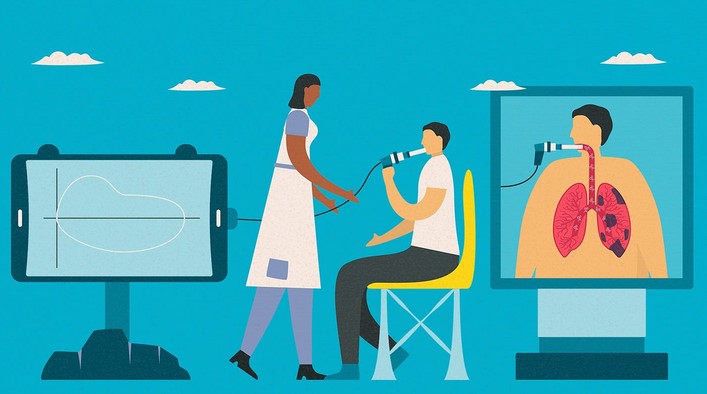
 Jardiance Generic Cost: Affordable Options for Diabetes Management is a comprehensive guide that provides information about the cost-effective alternatives for managing diabetes. It focuses on the generic version of Jardiance, a popular medication used to control blood sugar levels in people with type 2 diabetes. This guide aims to help patients understand the pricing, effectiveness, and accessibility of generic Jardiance, offering a more affordable solution for diabetes management without compromising on health outcomes.
Jardiance Generic Cost: Affordable Options for Diabetes Management is a comprehensive guide that provides information about the cost-effective alternatives for managing diabetes. It focuses on the generic version of Jardiance, a popular medication used to control blood sugar levels in people with type 2 diabetes. This guide aims to help patients understand the pricing, effectiveness, and accessibility of generic Jardiance, offering a more affordable solution for diabetes management without compromising on health outcomes.



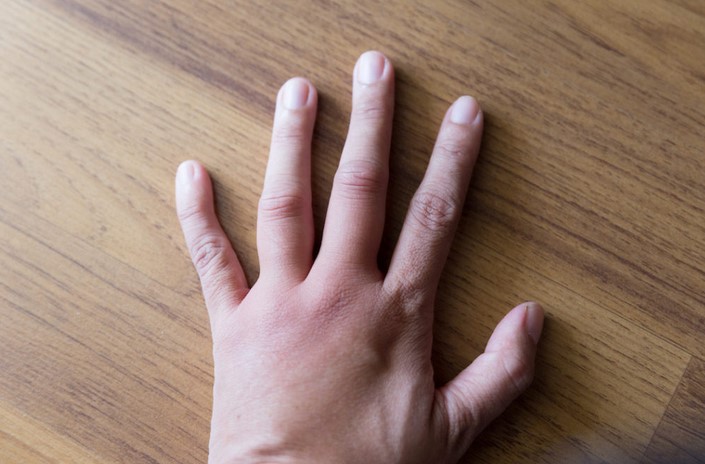
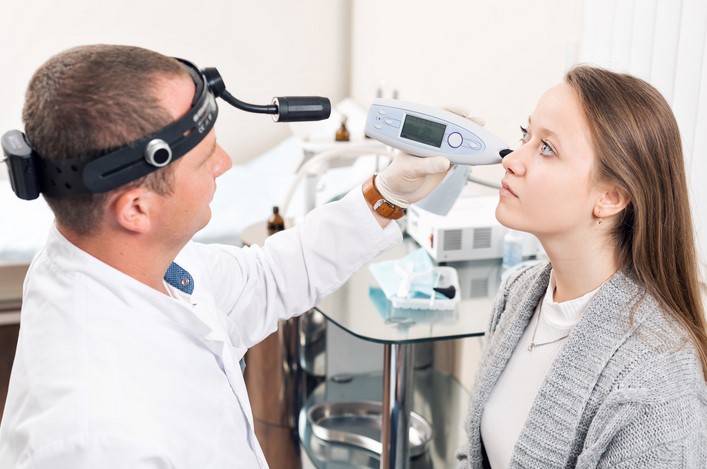
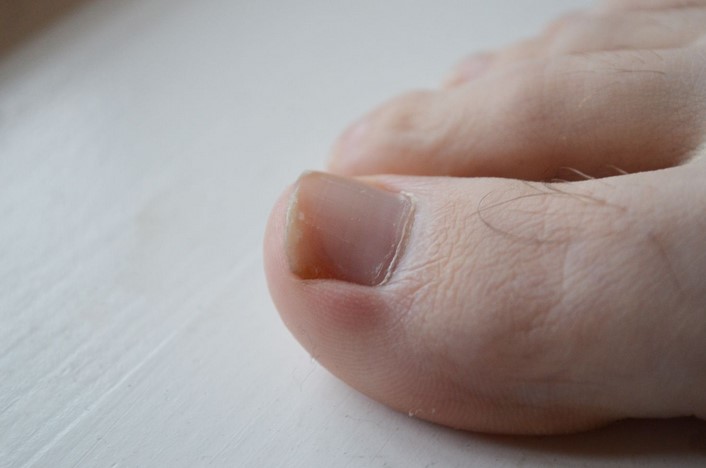
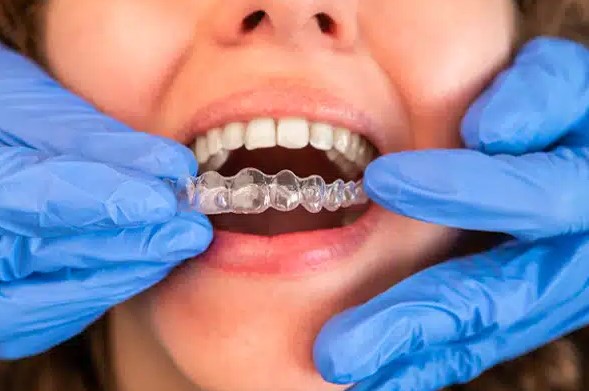
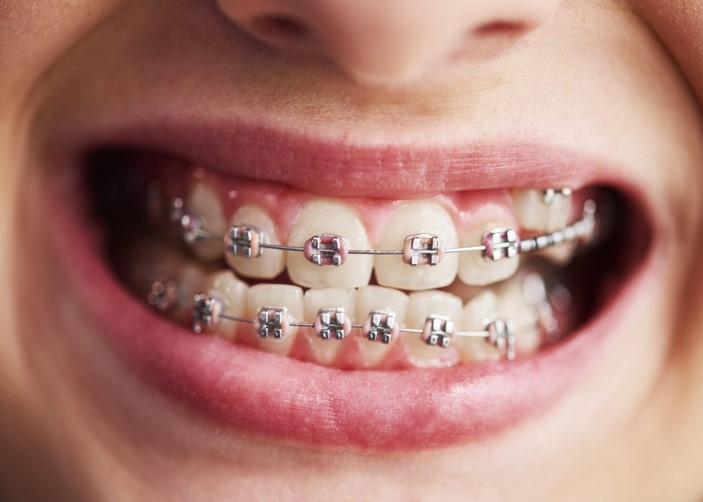 Dental spacers, also known as orthodontic separators, are small devices used in orthodontic treatment to create space between teeth. They are typically made of rubber or metal and are inserted between the molars a week or two before braces are applied. The primary role of dental spacers is to move the teeth slightly apart so that orthodontic bands can be easily and accurately placed around the teeth during the next phase of treatment. These devices play a crucial role in preparing the mouth for braces or other orthodontic appliances, contributing significantly to the success of the overall orthodontic treatment plan.
Dental spacers, also known as orthodontic separators, are small devices used in orthodontic treatment to create space between teeth. They are typically made of rubber or metal and are inserted between the molars a week or two before braces are applied. The primary role of dental spacers is to move the teeth slightly apart so that orthodontic bands can be easily and accurately placed around the teeth during the next phase of treatment. These devices play a crucial role in preparing the mouth for braces or other orthodontic appliances, contributing significantly to the success of the overall orthodontic treatment plan.

